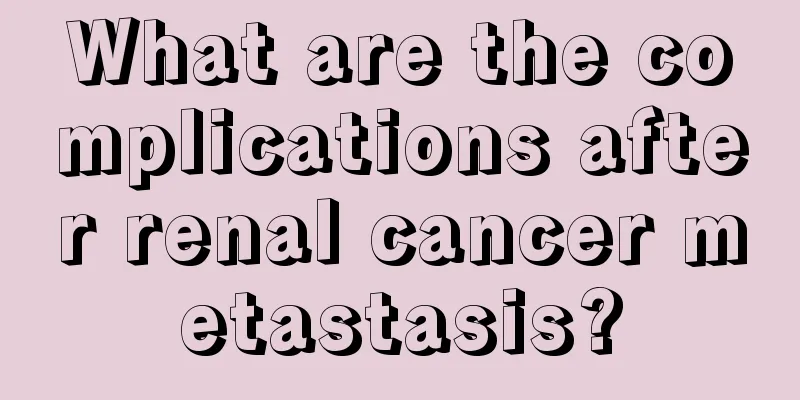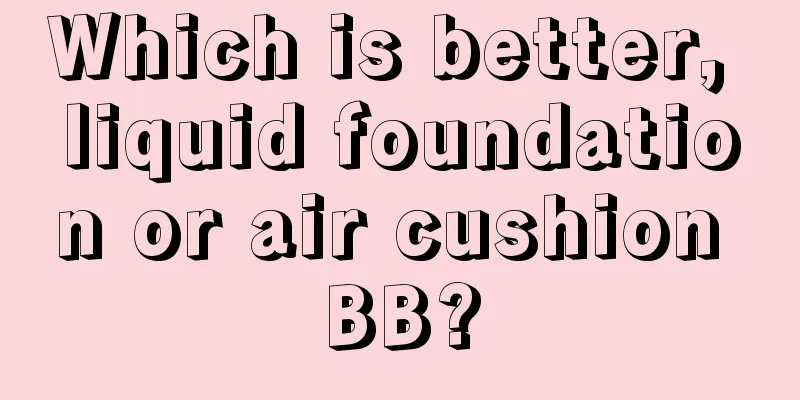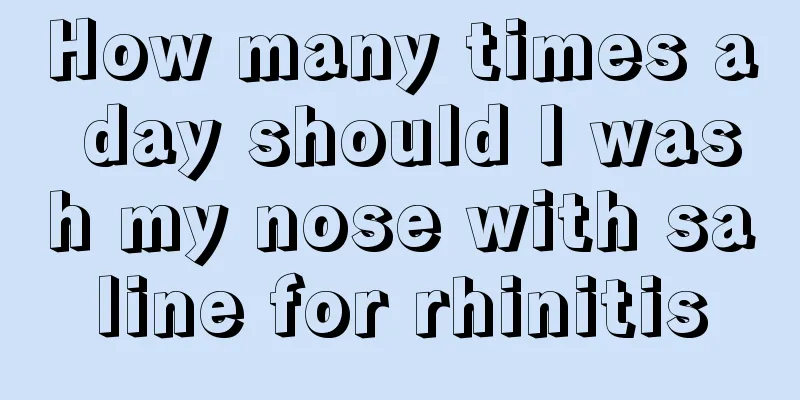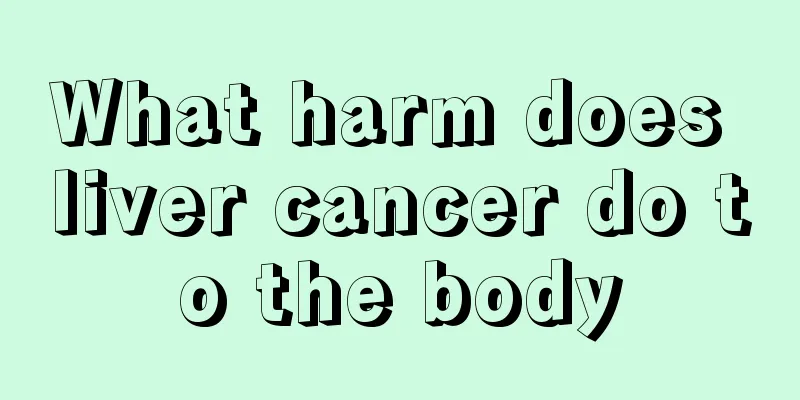What are the commonly used drugs for nebulization

|
Nebulization is a common method for treating pneumonia. The effect of nebulization treatment is very good. Whether it is adults, children, or even babies, nebulization can be used to treat symptoms such as cough and phlegm in the throat. Nebulization requires the addition of medicine. However, some drugs are not very effective. So, what are the drugs commonly used for nebulization? In fact, there are many nebulized drugs, which are mainly divided into the following three categories. Three categories of commonly used nebulized drugs Inhaled corticosteroids Main function: Reduce airway inflammation and effectively control baby's wheezing and coughing symptoms. Commonly used drugs in hospitals: budesonide suspension (0.5~1mg/time, combined with 2mL of normal saline nebulization inhalation each time, 1~4 times a day), which takes effect quickly and can exert anti-inflammatory effects in 10~20 minutes, and is very effective for emergencies. Bronchodilators Main functions: It is a commonly used medicine for baby asthma and wheezing. Nebulizer inhalation is the best route of administration. It is quick to take effect and has a strong antispasmodic effect. Commonly used drugs in the hospital: ①β2 receptor agonist: terbutaline sulfate nebulizer solution (dosage 1ml/2.5mg, combined with 2mL of normal saline each time, 1 to 4 times a day), takes effect within 5 minutes of inhalation and reaches its peak within 15 minutes. This type of medicine is often used in children with obvious bronchial spasm (such as acute laryngitis). ② Anticholine drugs: The representative is ipratropium bromide suspension (250ug/time, combined with an equal amount of normal saline, 1 to 4 times a day), which takes effect within 10 to 30 minutes after inhalation and is mostly used for acute onset. Expectorants Main function: It can regulate the mucus secretion in the respiratory tract of children, increase the movement of cilia, and make it easier to cough up phlegm. Commonly used drugs in hospitals: Ambroxol hydrochloride (common concentration 15 mg/mL, 1~2 ml each time by nebulization inhalation, twice a day). Summary: The above mentioned are conventional therapeutic medications. If the child requires long-term nebulization (such as asthma), regular follow-up is required and the medication should be adjusted in time to minimize side effects. |
<<: Classification of anti-Parkinson's drugs
>>: Drugs that cannot be taken by patients with favism
Recommend
Brief analysis of common nursing precautions for gallbladder cancer
It is very important for patients with gallbladde...
Can I wear contact lenses that have been worn by others?
As cosmetic contact lenses are items that come in...
What are the dangers of squatting in the toilet for a long time
When the human body walks for a long time, the fe...
What to do if pimples appear on face after eating shrimp
Shrimp is a food high in protein. Many people lik...
What is essence
When receiving the essence, many people don’t kno...
Is surgery necessary for early gastric cancer? Not necessarily, choose the right treatment plan
Early gastric cancer does not necessarily require...
What should I do if my hair is always oily?
The condition of hair is closely related to peopl...
The dangers of blue light exposure at home
Blue light has certain harmful effects on human h...
Is renal tuberculosis contagious?
Renal tuberculosis is a type of urinary system di...
About the medicinal diet therapy for colorectal cancer
As the number of patients with colorectal cancer ...
The best treatments for chronic sinusitis turn out to be these four
Chronic sinusitis has a great impact on human hea...
Three major diagnostic methods for gastric cancer
Gastric cancer is a type of cancer that occurs in...
How much does malignant gastric cancer surgery cost
Surgical treatment of gastric cancer is mostly su...
Electric water faucet installation steps
In the cold winter, there must be enough hot wate...
What does a mole on the corner of the mouth mean
Many people have a few black moles on their faces...









